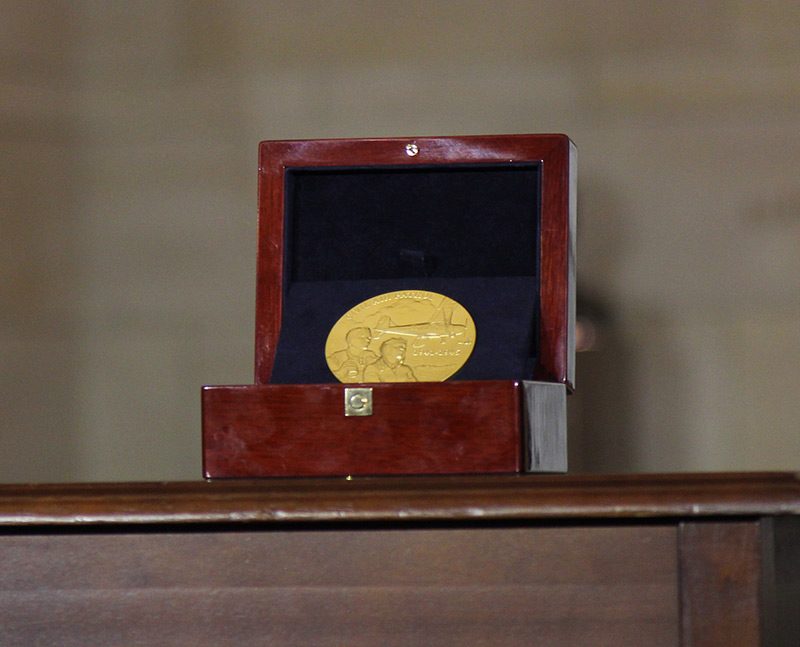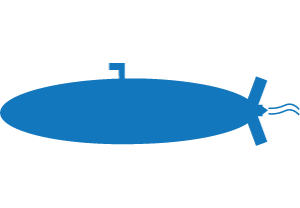Organization recognized for World War II service
The United States Civil Air Patrol (CAP) has received many prestigious awards, but one stands out among all of them, the Congressional Gold Medal. The organization received the nation’s highest civilian award for CAP’s service during World War II. More than 200,000 volunteers helped protect the home-front, including guarding U.S. commercial shipping vessels—especially oil tankers—off the Atlantic and Gulf coasts. At the time, the Coast Guard and Navy didn’t have the resources or manpower to defend every ship.
The volunteers used their mostly single-engine aircraft for many vital and often-hazardous wartime missions. They spotted mines floating in the sea, ships in distress and survivors in the water. They also conducted search and rescue operations, towed targets for military trainees and more.

Civil Air Patrol is the 154th group or individual to receive the Congressional Gold Medal.
“The 200,000 members who joined the brand-new organization called Civil Air Patrol during the war years didn’t have to do any of that. But they did. They did all of this. They did it for little or no recognition and even less reward,” Maj. Gen. Joseph Vazquez, CAP national commander, told guests at a dinner held at the nation’s Capital honoring the volunteers. “We’re here today to thank them for their service, for their sacrifice and for laying the foundation of today’s Civil Air Patrol.”
In attendance at the award ceremony were 46 World War II CAP members and the family members of more than 50 other pioneering CAP members.
“To say that our service was unusual is an understatement. CAP members were unpaid civilians, many using their own aircraft,” said retired U.S. Rep. Lester Wolff, who accepted the CGM on behalf of CAP. Wolff served in CAP’s New York Wing during the war.
In all, 65 CAP members died in the line of duty by the end of the war.
“Each activity included inevitable hazards. The CAP members knew that. It didn’t stop them,” Wolff said. “Every one of those lives was given to defend this nation. We accept this award particularly for those who did not come home.”
Today, the CAP continues to serve the U.S. through aerospace education, cadet programs and emergency services. The organization operates 550 planes, which makes the aircraft one of the world’s largest fleets of single-engine piston airplanes.
CAP during WWII by the numbers

150,000+
volunteers protected the home-front 
24 million+
miles flown to ward off attacks on U.S. ships
57
enemy submarines attacked
363
survivors spotted in the water
Videos and stories contained in this site may contain information that while accurate at the time of publication, has since been updated. Please connect with a representative for any questions.